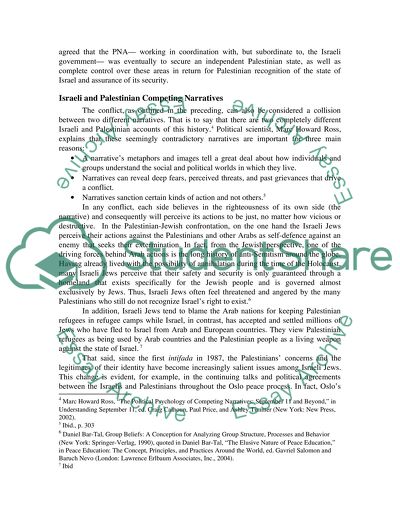Cite this document
(“The Palestinian-Israeli Conflict Essay Example | Topics and Well Written Essays - 1250 words”, n.d.)
Retrieved from https://studentshare.org/politics/1524478-arab-israeli-conflict-essay
Retrieved from https://studentshare.org/politics/1524478-arab-israeli-conflict-essay
(The Palestinian-Israeli Conflict Essay Example | Topics and Well Written Essays - 1250 Words)
https://studentshare.org/politics/1524478-arab-israeli-conflict-essay.
https://studentshare.org/politics/1524478-arab-israeli-conflict-essay.
“The Palestinian-Israeli Conflict Essay Example | Topics and Well Written Essays - 1250 Words”, n.d. https://studentshare.org/politics/1524478-arab-israeli-conflict-essay.


